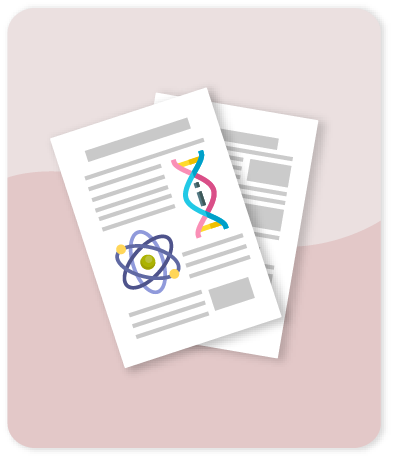An automatic procedure for mapping burned areas globally using Sentinel-2 and VIIRS/MODIS active fires in Google Earth Engine

Compartir este ítem
Fecha
2024Autor
Bastarrika A.
Rodriguez-Montellano A.
Roteta E.
Hantson S.
Franquesa M.
Torre L.
Gonzalez-Ibarzabal J.
Artano K.
Martinez-Blanco P.
Mesanza A.
Anaya J.A.
Chuvieco E.
Citación
Metadatos
Mostrar el registro completo del ítemResumen
Understanding the spatial and temporal trends of burned areas (BA) on a global scale offers a comprehensive view of the underlying mechanisms driving fire incidence and its influence on ecosystems and vegetation recovery patterns over extended periods. Such insights are invaluable for modeling fire emissions and the formulation of strategies for post-fire rehabilitation planning. Previous research has provided strong evidence that current global BA products derived from coarse spatial resolution data underestimates global burned areas. Consequently, there is a pressing need for global high-resolution BA products. Here, we present an automatic global burned area mapping algorithm (Sentinel2BAM) based on Sentinel-2 Level-2A imagery combined with Visible Infrared Imaging Radiometer Suite (VIIRS) and Moderate Resolution Imaging Spectrometer (MODIS) active fire data. The algorithm employs a Random Forest Model trained by active fires to predict BA probabilities in each 5-day Normalized Burn Ratio (NBR) index-based temporal composites. In a second step, a time-series and object-based analysis of the estimated BA probabilities allows burned areas to be detected on a quarterly basis. The algorithm was implemented in Google Earth Engine (GEE) and applied to 576 Sentinel-2 tiles corresponding to 2019, distributed globally, to assess its ability to map burned areas across different ecosystems. Two validation sources were employed: 21 EMSR Copernicus Emergency Service perimeters obtained using high spatial resolution (<10 m) data (EMSR21) located in the Mediterranean basin and 50 20x20 km global samples selected by stratified sampling with Sentinel-2 at 10 m spatial resolution (GlobalS50). Additionally, 105 Landsat-based long sample units (GlobalL105), were employed to compare the performance of the Sentinel2BAM algorithm against the FIRECCI51 and MCD64A1 global products. Overall accuracy metrics for the Sentinel2BAM algorithm, derived from validation sources highlight higher commission (CE) than omission (OE) errors (CE=10.3 % and OE=7.6 % when using EMSR21 as reference, CE=18.9 % and OE=9.5 % when using Global S50 as reference), while GlobalL105-based inferenced global comparison metrics show similar patterns (CE=22.5 % and OE=13.4 %). Results indicate differences across ecosystems: forest fires in tropical and temperate biomes exhibit higher CE, mainly due to confusion between burned areas and croplands. According to GlobalL105, Sentinel2BAM shows greater accuracy globally (CE=22.5 %, OE=13.4 %) compared to FIRECCI51 (CE=20.8 %, OE=46.5 %) and MCD64A1 (CE=17.5 %, OE=53.1 %), substantially improving the detection of small fires and thereby reducing omission errors. The strengths and weaknesses of the algorithm are thoroughly addressed, demonstrating its potential for global application. © 2024
Colecciones
- Indexados Scopus [1893]
